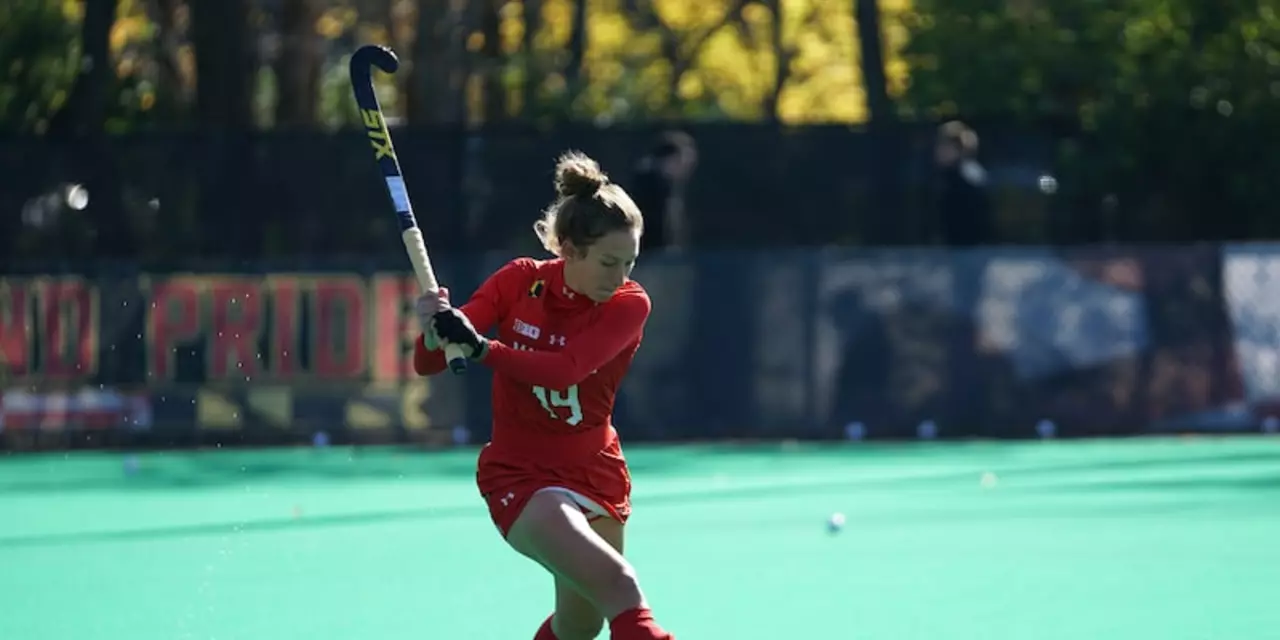Grip: How to Hold Your Hockey Stick for Better Play
Ever wonder why some players seem to glide across the ice with the puck glued to their stick? The secret is a solid grip. A good grip gives you control, power, and confidence, whether you’re shooting, passing, or lifting the puck. In this guide we’ll break down the basics, point out common slip‑ups, and share drills you can start doing right away.
Why Your Grip Matters
The grip is the link between your body and the stick. When your hands are positioned correctly, you can transfer energy efficiently, which means harder shots and quicker stick‑handling. A weak grip causes the stick to wobble, making passes off‑target and shots less accurate. It also tires your forearms faster because you’re over‑compensating with larger muscles instead of using the natural lever of the stick.
Practical Grip Drills You Can Try Today
1. Hand‑Placement Test: Hold your stick with the top hand (usually the left for right‑handed players) about 4‑5 inches from the knob. The lower hand should sit roughly halfway down the shaft. If the top hand is too high, you’ll lose leverage; too low and you lose control. Adjust until you can feel the stick pivot naturally in your hands.
2. Grip Pressure Exercise: Grip the stick lightly, then press harder for three seconds, then release. Repeat 10 times. This trains you to find the sweet spot between a relaxed hold and a stiff squeeze. You’ll notice a smoother release on slap shots and quicker wrist shots.
3. Wrist‑Flick Drill: Stand still, place the puck on the back of your blade, and practice the flick you need to lift the puck. Focus on snapping your wrists while keeping the grip firm but not rigid. This drill mirrors the technique described in our "How do I lift the puck" post and builds the hand strength needed for quick lifts.
4. One‑Hand Push‑Down: With your lower hand on the knob, use only the top hand to push the stick down onto the ice. This isolates the top hand and helps you feel the correct pressure needed for powerful forehand passes.
Try each drill for a few minutes before every practice. Consistency is key – the more often you reinforce the right grip, the more it becomes second nature on game day.
Another tip is to keep your gloves clean and dry. A sweaty hand can slip, ruining even the best grip. If you play in humid conditions, a small towel in your pocket or a grip‑enhancing spray can make a big difference.
When you combine a solid grip with good footwork, you’ll notice immediate improvement in puck control. Suddenly, those tight spaces in the offensive zone feel easier to navigate, and your shots land where you want them to. Remember, the grip isn’t a static thing – adjust it slightly for different situations, like a tighter hold for a powerful slap shot and a looser grip for delicate stick‑handling.
So next time you step onto the rink or the field, give your grip a quick mental check. Is your top hand positioned correctly? Is your pressure balanced? If you can answer yes, you’re set to play with more confidence and less wasted energy. Happy sliding!
